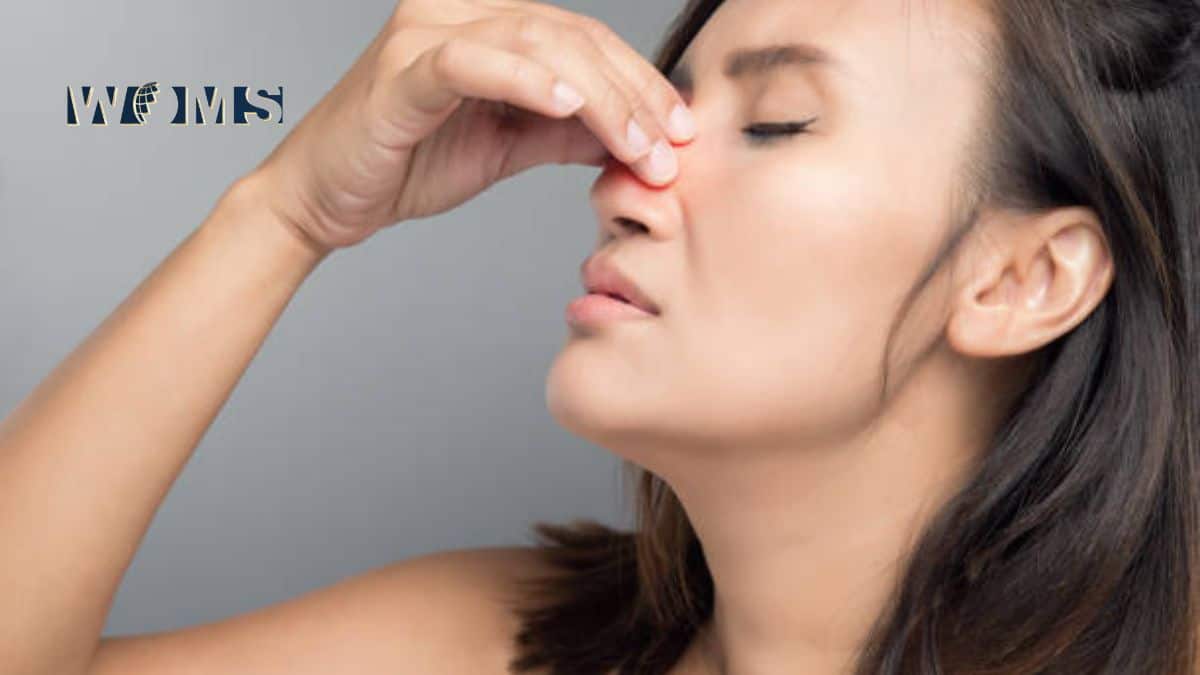Rhinophyma Uncovered: Understanding the Causes, Symptoms, and Treatments

Have you ever heard of a condition called Rhinophyma? Are you aware of its causes, symptoms, and available treatments?
In this article, we will uncover the ins and outs of Rhinophyma.
From identifying the risk factors to understanding how to prevent it, you will find all you need.
We have compiled all the essential information that is critical in helping you learn more about this condition and find the best treatment for rhinophyma.
Not only will we provide an overview of each key aspect, but also offer some helpful tips along the way.
Read on and discover all, from causes to prevention.
Causes and Risk Factors
Rhinophyma is a skin condition that can affect the nose.
Age, gender, and genetic predisposition are essential factors in determining who is more likely to develop this health issue.
Recent studies discovered that males aged between 50 and 70 are more likely to suffer from this disease.
Additionally, females with longstanding acne rosacea are also prone to rhinophyma. Interestingly, alcohol consumption doesn’t have a direct link to rhinophyma, but it may aggravate its severity.
Furthermore, there is a combination of other elements such as drugs or medicines along with immune system function and nerves which work together around RHINOPHYMA.
This multifaceted condition makes it challenging to identify in its early stages.
Hence, it’s important to familiarise yourself with associated risks. Read on and discover how Taking necessary precautionary steps may help.
Symptoms and Diagnosis
Rhinophyma, is characterized by a thickening and enlargement of the nose, often causing a bulbous appearance.
As the condition progresses, other symptoms can appear, such as
- random facial flushing
- red and blotchy areas on the centre of the face
- persistent bumps
- pimples that are often mistaken for acne
Besides to these visible symptoms, individuals with rhinophyma may also experience
- very sensitive skin
- telangiectasia (tiny blood vessels swelling on the nose and cheeks)
- ocular rosacea which causes a burning or gritty feeling in the eyes, along with redness and inflammation
As with any medical condition, early diagnosis and treatment are essential to managing this condition.
Treatment Options
Medication
When it comes to treating rhinophyma, medication can be a viable option for those with less severe cases or other subtypes of rosacea.
Topical and oral antibiotics can reduce inflammation and redness.
However, it’s important to note that medications may not be effective for those with more advanced rhinophyma.
Additionally, medications such as tretinoin and azelaic acid can help with inflammation. Also, oral capsules can work to prevent skin glands from producing oil.
While medication may not be a cure-all for rhinophyma, it serves as a valuable tool in managing and treating this condition.
Surgery
Luckily, surgery is a highly effective treatment option that can drastically improve the appearance of the nose.
This procedure can remove the enlarged blood vessels and tissue that cause disfigurement. This results in a more aesthetically pleasing nose.
It’s important to note that if left untreated, rhinophyma can cause permanent disfigurement. Thus, surgery is the preferred and most effective option for long-term success.
There are various surgical methods available to restore the appearance of your nose, such as
- using a scalpel
- laser resurfacing with carbon dioxide laser
- cryosurgery
- dermabrasion
Be sure that with the right treatment, you can regain your confidence and feel great about your appearance once again.
With surgical intervention, it is possible to not only reshape a disfigured nose, but also remove overgrowth of tissue and minimize enlarged blood vessels.
These procedures can lead to a significant improvement in the cosmetic appearance of the nose. Hence, the patients can regain their confidence and feel comfortable in their own skin. If you are suffering from rhinophyma, it’s worth exploring all the surgical treatment options available to you.
Prevention Strategies
Unfortunately, there’s no perfect way to prevent it from happening altogether.
Yet, there are ways to manage it, particularly if you spot it early on.
Doctors agree that the key to keeping symptoms at bay is to prevent large amounts of blood from flowing to your face.
- This can be done through some straightforward steps, such as
- cutting out hot food and beverages
- reducing your alcohol consumption
- exercising and staying in shape.
Additionally, avoiding hot and cold temperatures, staying away from excessive sunlight, and taking showers instead of hot baths, can go a long way.
And while it’s crucial to seek professional help if you’re experiencing unusual symptoms, minimizing the amount of medication that dilates blood vessels can also make a significant difference.
Living with Rhinophyma
Living with rhinophyma can be challenging. However, there are ways to manage the condition and cope with its physical and emotional effects.
It’s important to seek support from healthcare professionals to help you along the way.
There are medications, such as antibiotics, that can help alleviate symptoms, as well as lifestyle changes that can improve your condition.
Keep a healthy diet and avoid alcohol and spicy food, as these can worsen symptoms.
Above all, it’s important to remember that rhinophyma does not define you as a person, and seeking emotional support from friends and family, or a therapist, is beneficial in coping with the psychological impact of the condition.
Remember to take care of yourself and don’t hesitate to reach out for help when needed.
Recap
As we delve into the world of Rhinophyma, it’s crucial to equip ourselves with the knowledge necessary to tackle this skin condition head-on. Understanding the causes, identifying symptoms, and exploring the array of treatments available are essential in managing Rhinophyma effectively. Early diagnosis is vital, so be proactive in seeking medical advice if you suspect you might be experiencing this condition.
Remember that while Rhinophyma may pose challenges, it doesn’t have to define you. Embrace treatments, make lifestyle adjustments, and reach out for emotional support when needed. Armed with the right information, resources, and determination, you can conquer Rhinophyma and continue to live a healthy, confident life.




